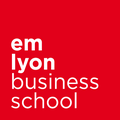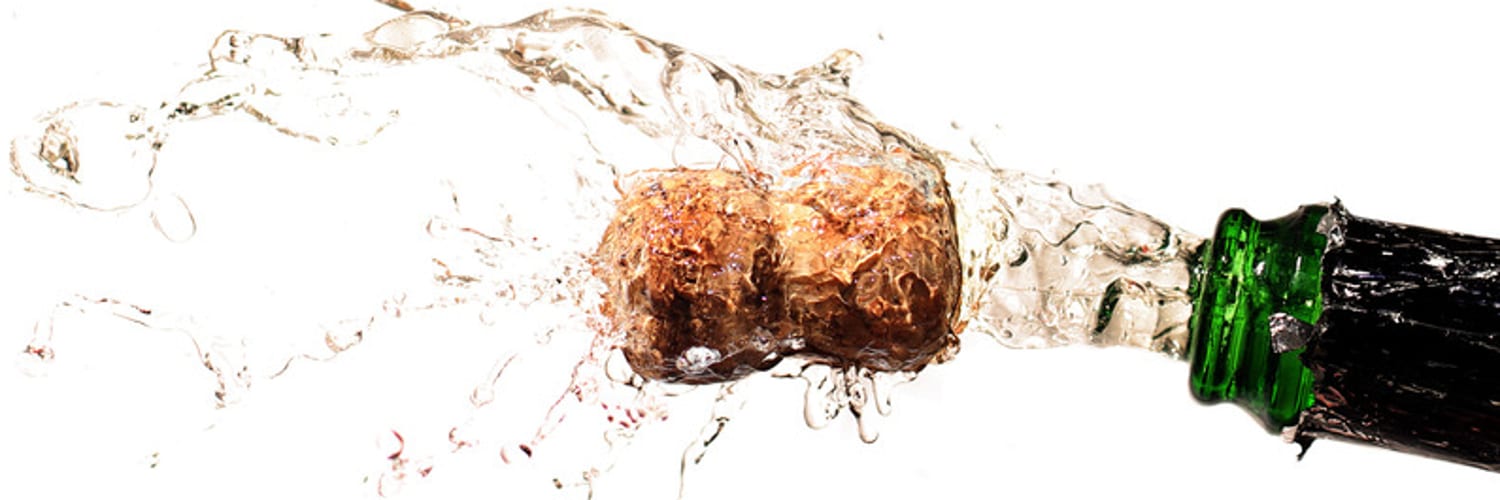What makes a simple wine, grown in a rather mediocre wine-growing region, one of the most famous and magical icons of today? How did champagne establish such a unique position, against all the odds, and become the global symbol of celebration? After all any birthday, wedding, party, business deal, sport event, art exhibit, or lustrous shopping trip just does not feel quite right if champagne is missing. Surely it is not only the mysterious bubbles that explain why champagne has indeed become the institution of celebration?
In seeking answers to these questions, I undertook a project to elaborate on what 250 years of avant-garde champagne marketing can tell us about champagne’s ever-shifting image and role in consumer culture – and found that the “imperishable fame” of champagne stems primarily from four myth-making moments that not only came to shape a national identity but also modern consumption ideologies in important ways. I suggest this extraordinary branding story can help marketers to understand the power of collective myth-making in connecting and re-connecting brands to the cultural fabric of society.
The Origination Myth
Originally, the Champagne region was more famous for its wool trade than its wines. Indeed, due to being the most-northern of the wine-making regions, it was considered ill-suited to producing good wines and any produce was usually offered free as a promotional gift to tempt potential wool customers.
Eventually the Benedictine monks in the region began to improve the quality of the region’s wines to sell as they needed funds for their monasteries – but they did not ‘invent’ champagne as is often claimed. Indeed, Pierre ‘Dom’ Perignon, who ran a monastery in Reims, was only resurrected in the “origination myth” as a promotional strategy much later by champagne marketers who sought to signal heritage, authenticity, and roots when facing an increasingly crowded market.
So who did invent champagne? Well – nobody. The bubbles form naturally under certain circumstances. Where champagne gained momentum was when the wool producers, receiving increasing orders for champagne from their customers, saw an opportunity to move out of the wool business and focus on champagne production instead as a more profitable and exciting business. And yet, the myth attributing the invention to the holy men and their magical elixir lived on.
The Myth of Opulence
The second myth that has been built around champagne is the ‘myth of opulence’. That champagne is singularly identified and marketed as a luxury product can be attributed to a happy accident, and traced all the way back to the year 496 AD when the Frankish warlord Clovis was baptized to Christianity in Reims. The home of champagne. Since then, it became a tradition for French monarchs to be coronated in the town. Naturally, each successive King hosted lavish parties where guests imbibed the local wine – champagne. This marks the origin of champagne as a celebratory drink enjoyed primarily by the privileged few.
This was only exacerbated when the most opulent monarch of them all – King Louis XIV, the Sun King, had his first taste of Champagne in the magnificent Reims Cathedral at the age of 16. It was Louis who, almost single-handedly, connected Champagne to his other obsessions of opulent fashion, status and luxury.
Another important push for the industry was King Louis XV’s decree that for the first time champagne – and only champagne – could be shipped in glass bottles instead of wooden casks. This meant a world of difference to the producers, as wood allowed gas to escape, making the wine flat. In addition, the new law contributed to the careful elaboration of champagne packaging – one of the earliest cases of modern marketing. Celebrity endorsement was immediately common in etiquettes featuring superstars such as Marie Antoinette, Jeanne d’Arc, victorious army officials, affluent Counts, artists, and the like. champagne sellers understood that such reputation-building techniques were needed to spread word about their brands and to appeal the desires of growing and increasingly affluent customer base.
The Myth of Nation
The French Revolution in 1789 cut champagne’s association with the monarchs and aristocrats like a guillotine. It also set forward the third, and perhaps the most powerful myth-making cycle that rooted champagne to the “soul” and virtues of the new-born French republic.
By this time, champagne had accumulated enough fame to become a prominent national symbol and a collective achievement worthy of respect. Not only “champagne reflects our nation”, as famously declared by Voltaire but it also came to be viewed as “the most glorious expression” of French civilization.
Napoleon, too, was involved in the promotion of the wine as part of his objective to establish a new, industrious and loyal bourgeois society. When Napoleon was advancing the ranks in the French army, Jean-Rémy Moët was establishing Moët in the USA and acquiring new clients – including President George Washington. And when the Russian army defeated Napoleon and reached the city of Reims, the enterprising Madame ‘Veuve’ Cliquot opened her champagne caves to the victors in the hope that it would help in her desired conquest of the Russian market.
From these efforts and many others during the reign of Napoleon, the golden age of champagne arrived once his regime fell and Europe was industrialised. Faster access to markets and effective railroad networks meant champagne could be shipped further, in greater quantities and to more locations than ever before. New equipment enabled more efficient production and, crucially, made champagne more attractive, both in taste and appearance, than ever before. Champagne was fast becoming a symbol of France to the world. However, this era also saw increased counterfeiting and in response, French authorities eventually granted champagne an international Appellation d’Origine Contrôlée in 1930 – the result of centuries of systematic marketing efforts by the Champagne community.
The Myth of Modernity
Finally, from the early 1900’s, champagne was pushed by advertisers and marketers through the prism of modernity – adverts for champagne during the ‘belle epoque’ featured ‘modern’ wonders aspired to by the growing middle classes; cars, hot air balloons, steam ships and airplanes. It was no mistake that champagne was served on the Titanic – the most luxurious ship of all – or that it was sipped at the Paris world exhibition of 1889, where the Eiffel Tower was unveiled. Champagne became ubiquitous at the christening of ships and for forging business relationships. It was the subject of the world’s first film advertisement. Champagne was becoming a symbol of affluence at a time when France was trying to forget the horrors of the First World War and move forward into a new, promising age.
When, inevitably, competition arrived in the form of Italian Prosecco or Spanish Cava, champagne marketers moved to use champagne’s mythology, history and legacy to mark their product out as premium. Moet created the aforementioned myth around Dom Perignon to promote their premium brand.
Moving into modern times, James Bond, Audrey Hepburn and, latterly, Beyonce and her husband Jay Z, have bought into the myths and legacy surrounding champagne – final proof of champagne’s contemporary acuity and continuing resonance as a global marketplace icon.
Ultimately, this over 500 years of avant-garde champagne marketing illuminates how champagne’s enchanting charm is best understood through its mythical but also ambiguous character as a consumption object. Through collective myth-making, champagne has not only been able to ride favourable cultural and social tendencies but also address acute cultural contradictions, thus continuing to scintillate our imaginations.

Consumer researcher by training, I am a Finnish associate professor of marketing specialised in studying consumer experiences and culture and how they are mediated, impacted, and shaped through digital media. In my research I put emphasis on and develop creative audiovisual methods including videography in order to address the complexity of experience including temporality, space, movement, embodiment, affect, and materiality. I was the recipient of The Sidney J. Levy Award (2015) for my dissertation research. I have professional experience in marketing and business development in a leading Finnish FMCG company, Valio Ltd. and running my own company specialised in management training and consulting around the issue of customer experience. I also run the Lifestyle Research Center at emlyon business school.
More information on Joonas Rokka:
• His CV online
• His ResearchGate page
• His Academia page
Further reading…
- Rokka, J. 2016. Champagne: marketplace icon. Consumption Markets and Culture, Forthcoming. DOI: 10.1080/10253866.2016.1177990.
Read abstract online
By the same author:


Trackbacks/Pingbacks